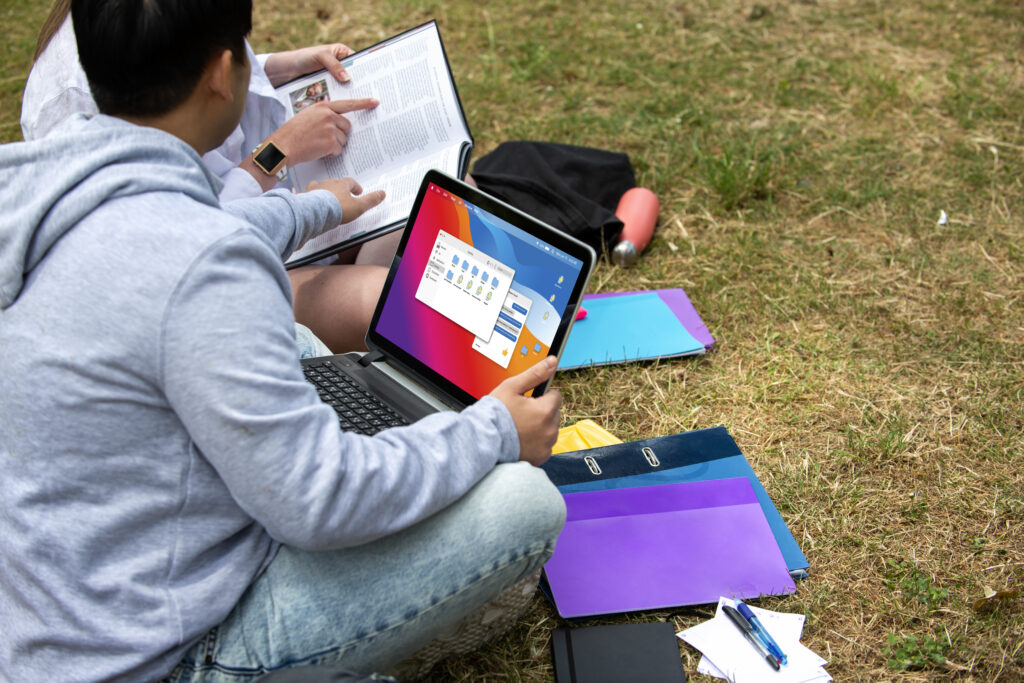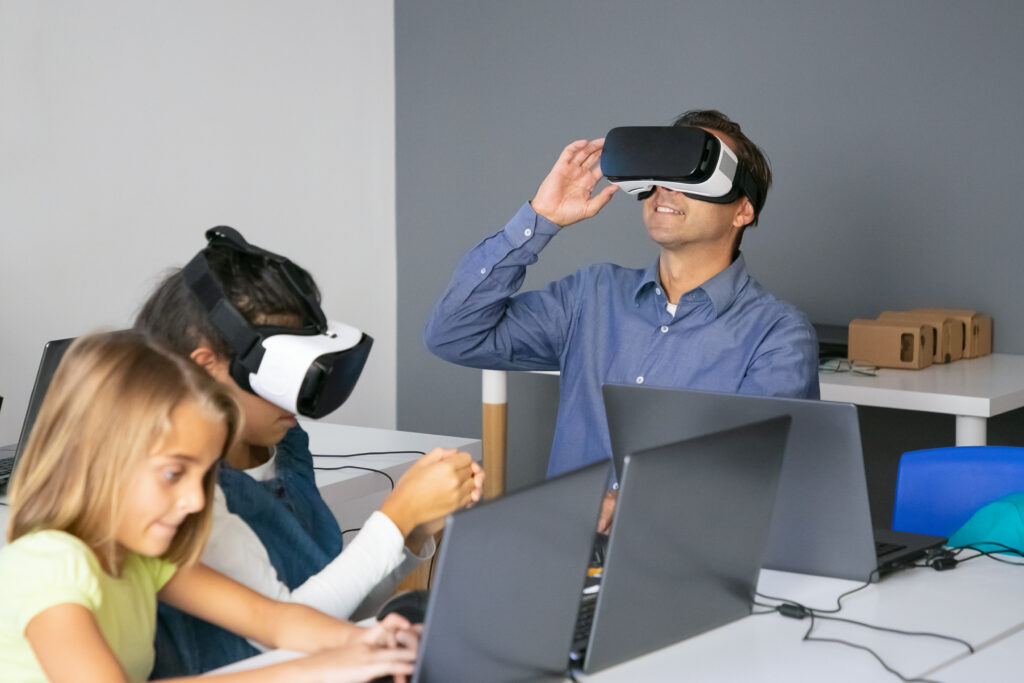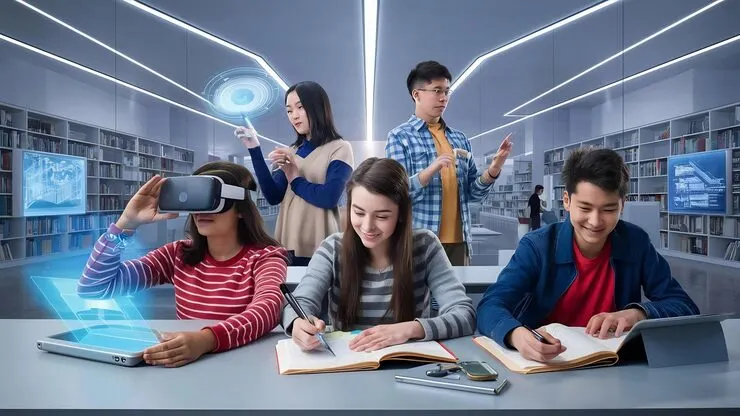Technology and Livelihood Education: A Comprehensive Guide to Skills for Life and Work 2025
Introduction to Technology and Livelihood Education
Technology and livelihood education is an important part of modern education that teaches students the skills, values, and knowledge they need to be successful in both work and everyday life. Technology and lifestyle education is different from traditional disciplines since it focusses on applied learning instead of only academic theory. It gives pupils the chance to learn about things like farming, starting a business, computers, home economics, and industrial arts. This method gives students the tools they need to do well at work and in their personal lives by teaching them skills that make them more productive, creative, and independent.
Technology and livelihood education are very important. This type of education gives students the skills they need to deal with changes in technology and look for ways to flourish in a world that moves quickly and where technology affects every field. At the same time, it teaches people skills that help them become self-sufficient and resourceful. Because of this dual focus, both technology and livelihood education are important and necessary parts of modern curricula.
The Concept and Objectives of Technology and Livelihood Education
The premise behind technology and livelihood education is that learning should go beyond only theory and include real-world uses that affect daily living. One of its key goals is to help students learn skills that will help them get jobs, run a business, and manage their homes. It also wants to encourage people to start their own businesses, think critically, solve problems, and have a strong work ethic.
The main goals of technology and livelihood education are to get students ready for good jobs and meaningful careers. It teaches people practical skills through hands-on training and encourages them to use technology in their everyday lives. It also teaches kids the principles of hard work, responsibility, and resilience while encouraging them to be creative and come up with new ways to solve problems in the real world.
Technology and lifestyle education connects what students learn in school with how they can utilise it in real life. This way, students leave school with abilities they can use in both their personal and professional lives.

Components of Technology and Livelihood Education
Students can discover their passions and strengths through the different subjects covered in technology and lifestyle education. Every component contributes to the whole, allowing the individual to thrive in various aspects of life.
Economics at home is a must-have class. Being efficient with one’s housework is the main focus here. Skills including budgeting, sewing, taking care of children, cooking, and food preservation are taught to students. You can put these skills to use in your family life and even launch a catering or retail business on your own.
Agricultural education also plays a significant role. Even today, farming is just one of several primary occupations around the globe. Technology and livelihood education teach students how to grow crops, care for animals, farm in a sustainable way, and work in the agribusiness sector. Agricultural education equips students to construct sustainable food systems and offers opportunities to become agripreneurs, which is crucial in a world where food security is a pressing concern.
A large component of this concept includes the industrial arts as well. Skills including draughtsmanship, electronics, woodworking, welding, and car repair are among those taught. Students will be best prepared for careers in preparing or for starting their businesses after participating in these hands-on activities, which taught them technical skills and craftsmanship.
Lastly, ICT has become an integral aspect of educating the public about technology and economics. Children acquire skills in computer science, software, digital communication, and computer programming as the world around them grows increasingly digital. Students gain the skills necessary to think creatively and gain access to jobs in contemporary industries such as e-commerce and office administration.

The Importance of Technology and Livelihood Education in Modern Society
Education on livelihoods and technology is really effective because it aids with individual and society problems. By imparting practical skills, it enables pupils to grow into independent and employable students . Collectively, it aids society in making employees that are adaptable, imaginative, and able to make economic expansion.
Unemployment rates can be reduced by livelihood education ideas that teach students how to start their businesses. After completing home economics and learning how to bake, a student might start their own bakery. Those who are well-versed in information and communication technologies also have the option of working as digital liberties. Education in technology and livelihoods, with its emphasis on entrepreneurship, may be a powerful tool for community empowerment and poverty reduction.
Another important aspect is the role it has in changing an individual’s character. Important life values like perseverance, patience, and hard work are instilled in pupils throughout practical sessions. Students learn to work together and communicate more effectively via group projects, which contribute to their overall growth.
The Role of Teachers in Technology and Livelihood Education
Educators have an ever more vital role in today’s globally interconnected society. They motivate others around them by their perseverance, imagination, and self-discipline, and they provide a hand to those in need. Excellence in this field of study is characterized by real-world projects, volunteer work, and hands-on activities. Students are actively involved in engaging learning activities. If they want to make sure their lessons are relevant and up-to-date, they follow all the latest tech news.
In order to augment the typical classroom learning, teachers often include hands-on activities, such as conducting agricultural experiments or creating and implementing small business concepts. Their goal is to foster an atmosphere where students are motivated to think critically, apply their knowledge, and make connections between classroom concepts and the real world.

Challenges Faced in Implementing Technology and Livelihood Education
Despite its importance , technology and livelihood education faces various challenges. A huge hurdles is the scarcity of sources , as certain institutions areeffc, equipment, and materials for hands-on learning. A more hardships is the inability of teacher training, as some students may lack a thorough grasp and modern educational techniques. several universties have curriculum chances wherein instructional resources may not correspond with fast technological advancements. Ultimately, insufficient comprehension among students and parents sometimes results in the undervaluation of technology and vocational education, viewing it as inferior to academic subjects.
Addressing these challenges requires collaboration among governmental agencies, educational institutions, and communities. Investment in infrastructure, educator training, and curricular innovation can significantly improve this educational sector.
Technology and Livelihood Education in the Digital Age
Combining traditional sources of income with modern forms of communication and information technology opens up new doors of opportunity. For instance, students pursuing a degree in agriculture can look into drone technology for crop monitoring, while those pursuing a degree in home economics can research different online platforms for advertising their culinary masterpieces.
Being proficient with digital technologies is now more of a need than a luxury. Students are better prepared to thrive in both the old and new digital marketplaces when ICTs are integrated into all parts of livelihood and technology education. As a result, graduates will be well-equipped to succeed in the globally interdependent world of today.
Lifelong Benefits of Technology and Livelihood Education
Technology and livelihood education have far-reaching effects that extend well beyond the academic years. Lifelong applications of acquired talents include enhancing standard of living, starting one’s own business, and making positive contributions to one’s community.
One way to save money is for a person to learn carpentry in school. They can then make their own furniture. Also, being well-versed in healthy cuisine and nutrition can greatly improve one’s quality of life. The good impact on society is magnified beyond these individual gains since graduates are equipped with the entrepreneurial skills that are fostered by livelihood education and technology, which enable them to generate employment opportunities for others.
Conclusion
Technology and livelihood education plays a transformative role in shaping individuals and communities. By focusing on practical skills, entrepreneurship, and technological adaptation, it bridges the gap between academic knowledge and real-world needs. In an age where both traditional skills and digital literacy are equally essential, technology and livelihood education ensures that learners are prepared for every challenge and opportunity. Its value lies not only in enhancing employability but also in fostering independence, creativity, and lifelong learning.
FAQs
What is technology and livelihood education?
Technology and livelihood education is an educational program that equips students with practical skills in areas such as home economics, agriculture, industrial arts, and information technology, preparing them for work and everyday living.
Why is technology and livelihood education important?
Technology and livelihood education is important because it provides students with employable skills, encourages entrepreneurship, promotes independence, and prepares them to adapt to changing technologies.
What are the main areas of technology and livelihood education?
The main areas of technology and livelihood education are home economics, agricultural education, industrial arts, and information and communication technology.
How does technology and livelihood education help in employment?
Technology and livelihood education helps in employment by equipping learners with practical knowledge and entrepreneurial skills that can be applied directly to jobs or business ventures.
What are the challenges of technology and livelihood education?
The challenges of technology and livelihood education include lack of resources, insufficient teacher training, outdated curricula, and limited appreciation of its importance by students and parents.







